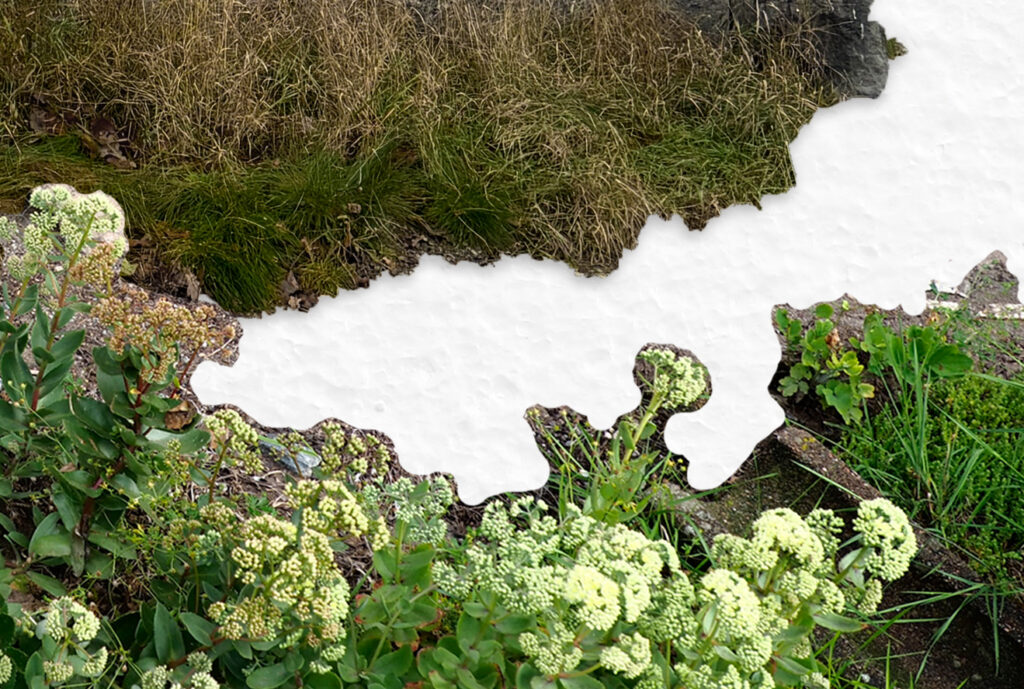Rauma Triennale
Rauma Art Museum is organising the second oldest continuously running international contemporary art exhibition in Finland. Formerly known as the Rauma Biennale Balticum, the exhibition is now known as the Rauma Triennale.


RAUMA TRIENNALE 2025
Lumoava vaiva / Enchanting Effort
AT RAUMA ART MUSEUM 7.6.–21.9.2025
AT ART SPACE MUIJALA 7.6.–3.8.2025
Minna Bengs (FI),
Alan Bulfin (IR),
Matthew Cowan (NZ),
Ida Sofia Fleming (FI),
Laura Hetemäki (FI),
Isa Hukka (FI),
Hele Okkonen (FI),
Minjee Hwang Kim (KR),
Christoph & Sebastian Mügge (SE),
Laura Põld (EE) & Gary Markle (CA)
and Jenni-Juulia Wallinheimo-Heimonen (FI)
The third edition of the Rauma Triennial in the summer of 2025 will explore the struggle and effort at the heart of society as a natural feature of the human body. The forthcoming exhibition will present a wide range of artists and their artistic work around the themes of effort and toil.
Many things in and around us cause and require effort, but is our environment and social life organised in such a way that we really recognise and see effort? The exhibition outlines a broader understanding of the concept of effort. Effort is a practical issue to be resolved, an issue related to the physical, but also a force that enriches the diversity of the human species, the rest of nature and the material world. We are fascinated by suffering and tempted to make an effort for each other and for our environment.
Rauma Triennale 2025 curator Sanna Karimäki-Nuutinen (FI) is a curator and doctoral researcher. She has been working as the head curator of the Seinäjoki Art Hall since 2010. Karimäki-Nuutinen’s own experience adds an important dimension to the exhibition: “As a mother of a daughter with disabilities and a wheelchair, I am a person who needs an accessible environment. Fighting for my daughter’s participation in overcoming barriers is part of my daily life. Her wheelchair is part of my motherhood. In the exhibition I want to reflect on disability from many intertwined perspectives and suggest that seeing disability as a glamorous thing can lead us to a more sustainable life”, says Karimäki-Nuutinen.
Part of the Rauma Triennial 2025 exhibition will be held at the Art Space Muijala in the village of Reila. The collaboration between Rauma Art Museum and Muijala aims to highlight the importance of new creative and bold initiatives for the accessibility of the art scene and local culture. Roos Hermsen (NL) and Serhii Varlamov (UA), together with Sanna Karimäki-Nuutinen, curate the exhibition and the programme of events at Muijala. The collaboration highlights the importance of art in a rural environment, the effort and difficulty of an isolated location, but also the unique environment that can be achieved with a little effort.

Exhibition backround
The first Rauma Triennale took place in 2019, with its roots in Rauma Art Museum’s Rauma Biennale Balticum, which have been held since the late 1970s. The history of the biennale is full of movement and upheaval, but its home has always been the pink museum and the pastel-coloured city surrounding it. The first exhibitions had no common theme and only the coastal towns of the Gulf of Bothnia took part. By the 1990s, the Biennale exhibition already included all the countries of the Baltic Sea region. Curatorial responsibility was then taken over by invited curators and common themes highlighted the many realities of the region. The Biennale exhibitions have commented on political upheavals and the pollution of the Baltic Sea, and have provided insights into people’s daily lives and lives at a time when news cameras could not reach across borders.
High-quality publications have been an important part of the Biennale exhibitions, like one artwork among others. Since 1990, the exhibition catalogue has been the responsibility of an invited graphic designer.
The values cherished by the Rauma Triennale are community and international exchange in a time of environmental change. These values build on the legacy left by the biennale exhibitions to explore the different people and lifestyles of the common sea.